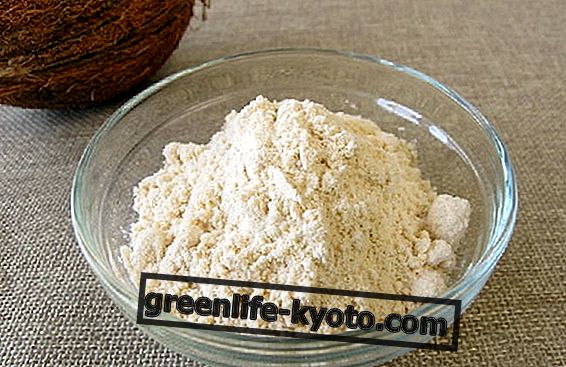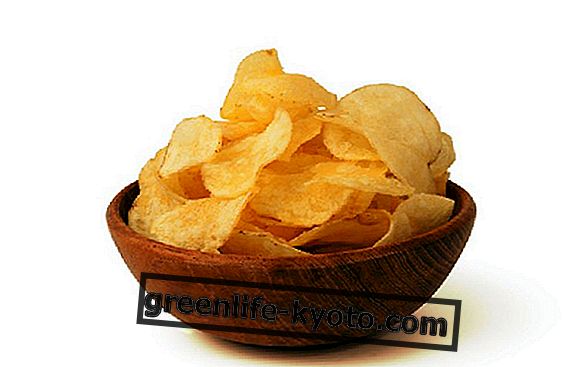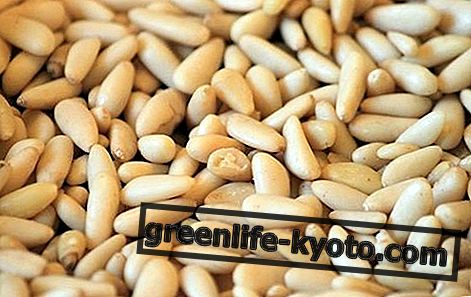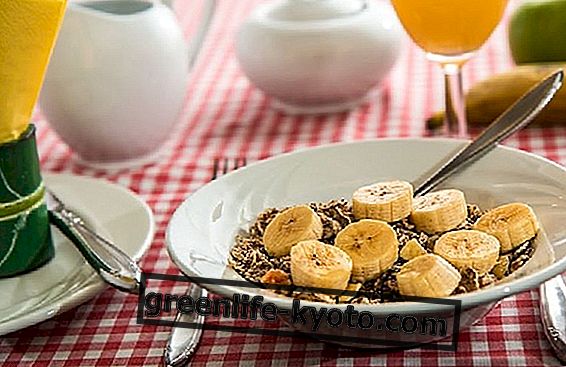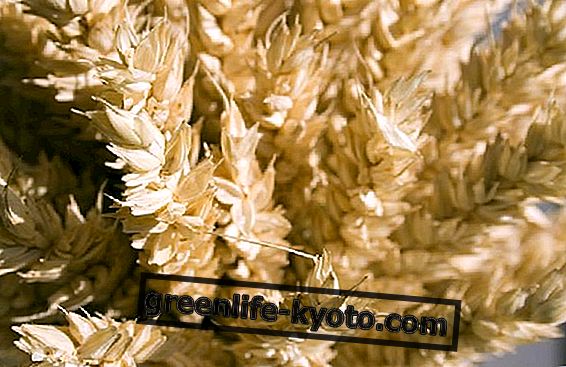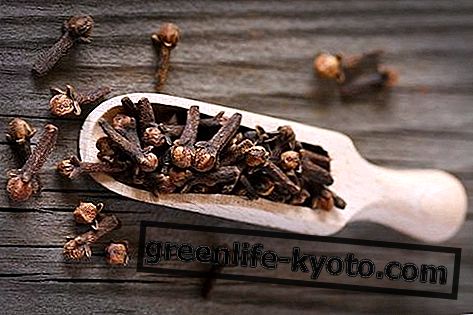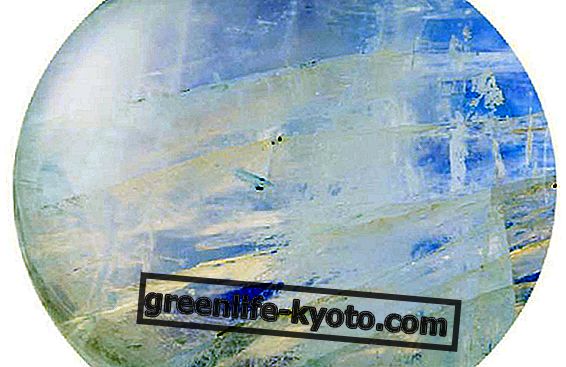
Water in our body
When we talk about hydration we all know that our body needs water to survive. Our body is made up of the majority of water starting from 80% when we are newborns up to 55% lower when the years have passed and we arrive in old age.
Water is necessary for many physiological functions among which it helps the transport of nutrients and waste, regulates the temperature of the body, keeps many tissues including the brain protected and is the main constituent of the cells of our body.
The body consumes water during breathing, perspiration and even in gastrointestinal activities, using more than one and a half liters of water a day .
This water consumption must be compensated with the reintegration of water or other liquids and therefore here we come to talk about the importance of maintaining a correct body hydration.
Body hydration
To have a good body hydration we will have to have a correct water balance between the intake and the release of water from our body.
The physiological mechanism that regulates the water balance of our body is called homeostatic control and it receives and sends signals to activate or stimulate the sensation of thirst or to regulate the excretion of water through urine or sweating.
The body therefore needs to take water and liquids to maintain its water balance. We all know that at least 2 liters of natural mineral water are recommended to drink every day to maintain this proper hydration.
Water is certainly the best element to maintain body hydration but other liquids and foods also have this function. In fact, both fruit and vegetables rich in water are elements that serve to increase the hydration of the body .
Drinking herbal teas, tea, fresh fruit juices, extracts and centrifuged help to increase the liquids in the body. Among these foods we certainly have a fruit that is in first place for its hydration capacity: watermelon.
Watermelon: number one for hydration
Watermelon or watermelon is the fruit of the Citrullus lanatus plant belonging to the curcurbitaceae family which also includes cucumbers and melons.
Its history began in the warm lands of Africa and then spread to China and finally returned to the year 1000 during the Crusades in European lands.
Currently it is cultivated all over the world and also in our Italian peninsula the prevailing production is in the southern lands. There are numerous varieties of watermelon that are different in color, size and sugar content of the fruit.
The composition of the watermelon sees water in first place with 93% and also contains mineral salts and vitamins such as vitamin A, B6 and C.
Calories are very low at around 16 per 100 grams of watermelon. Even if its sweet taste would make one think of a conspicuous presence of sugars, instead the portion of carbohydrates is quite scarce and for this reason the watermelon can also be used for those who follow slimming diets .
Furthermore, the presence of fat is also minimal so the watermelon is certainly the ideal fruit to maintain the right hydration while preserving the line.
Among the mineral salts it is rich in magnesium and potassium which are regulators of pressure and help fight water retention. These two minerals are therefore essential to help deflate the legs, ankles and thighs as well as to reduce cellulite.
The combination of magnesium, potassium and a rich presence of water makes the watermelon an extremely effective food for all water retention and dehydration problems .
Watermelon properties
The main properties of the watermelon are, as we have seen, its incredible moisturizing action, especially directed to the skin, in addition to a strong diuretic, purifying and thirst-quenching action .
Furthermore the watermelon helps to regulate the bad circulating cholesterol, protects the respiratory system, the liver and the cardiovascular system .
Watermelon is an excellent anti-cellulite thanks to its moisturizing and diuretic action that allows liquids to move in the body and facilitates the microcirculation and elimination of waste substances from the body .
Finally the pigments inside the watermelon are real active ingredients like lycopene which is the natural pigment that gives the red color to the watermelon. This lycopene is an excellent antioxidant with a very effective anti-free radical action, thus protecting cells from aging.
Furthermore, another substance present in watermelon is lutein which helps protect against diseases that usually occur with the third age, such as cataracts in the eyes.
Also here the consumption of watermelon, thanks to its lubricating and moisturizing action, protects the eye and generally keeps all the tissues cells of our body healthy.
Watermelon and summer: how to use it
The watermelon thus becomes the best ally of our summer thanks to its sweet, fresh and thirst-quenching taste .
Watermelon when consumed has the ability to satiate the body quickly giving a sense of fullness without affecting our line.
Eating watermelon in the summer as a food is a great choice to stock up on water but also on mineral salts and vitamins to combat dehydration caused by the sun and summer heat .
Remember that the watermelon should be eaten fresh and possibly without associating it with other foods . This is an advice that comes from the correct food combinations that suggest eating watermelon far from meals and on its own to respect a proper digestion of this fruit.
To avoid the mixed fruit salads with pieces of watermelon but it will be much better to choose a nice slice of watermelon on its own.
In addition, in summer it will also be advised to drink the fresh and extracted watermelon juice at the time to get the most of all its precious nutrients.
Finally, the watermelon can be used for moisturizing the skin for external use by topically applying refreshing and moisturizing watermelon masks that will leave our skin toned, nourished and radiant.

